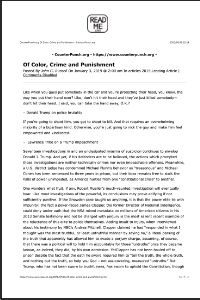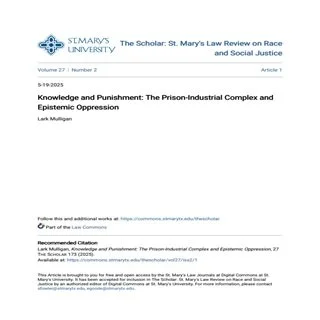Summary
In this handbook, researchers from Morgan State University and the Surveillance Technology Oversight Project (S.T.O.P.) expose how New York City has become a pervasive surveillance state that tracks residents' every movement through public and private spaces without consent. Rather than enhancing public safety, this vast network of surveillance technologies threatens civil liberties, reinforces racial inequities, and undermines democratic freedoms while operating with minimal oversight or transparency.
Key Findings Include:
Pervasive surveillance without consent: New Yorkers are tracked from the moment they leave their homes through an extensive network of CCTV cameras, license plate readers, facial recognition systems, ShotSpotter gunshot detectors, and data collection from transit cards, bike shares, and WiFi kiosks; most without their knowledge or consent.
Systematic racial bias and overpolicing: Surveillance technologies are disproportionately deployed in communities of color, creating feedback loops that perpetuate overpolicing.
Vulnerable populations face heightened risks: Justice-involved individuals, undocumented immigrants, public housing residents, and those seeking reproductive or gender-affirming care face amplified surveillance threats that can result in re-incarceration, deportation, eviction, or prosecution for accessing legal healthcare.
Inaccurate and unaccountable technologies: ShotSpotter alerts result in evidence of actual gunshots only 20% of the time in NYC, yet the city renewed its $21.8 million contract. The NYPD has used facial recognition in 22,000 cases between 2017-2021 despite documented accuracy problems and racial bias.
Weak oversight and transparency: New York's POST Act provides limited oversight only over NYPD surveillance, with no enforcement power. Unlike other jurisdictions with comprehensive surveillance ordinances, New York lacks meaningful public input, independent oversight, or restrictions on surveillance technology procurement and use.
Threats to democracy and civil liberties: Surveillance of activists and protesters chills free speech and assembly. The technology enables tracking of individuals seeking abortion care, attending religious services, or engaging in political activities; fundamentally threatening democratic participation.
Public-private surveillance partnerships: Companies like Amazon (Ring), Cubic (OMNY), and others collect vast amounts of personal data that can be accessed by law enforcement, extending police surveillance capacity through private networks while avoiding public accountability.
In the handbook, we call for comprehensive surveillance oversight ordinances, community engagement in technology decisions, and a fundamental shift toward privacy-protective data collection practices that prioritize civil liberties over mass surveillance.





